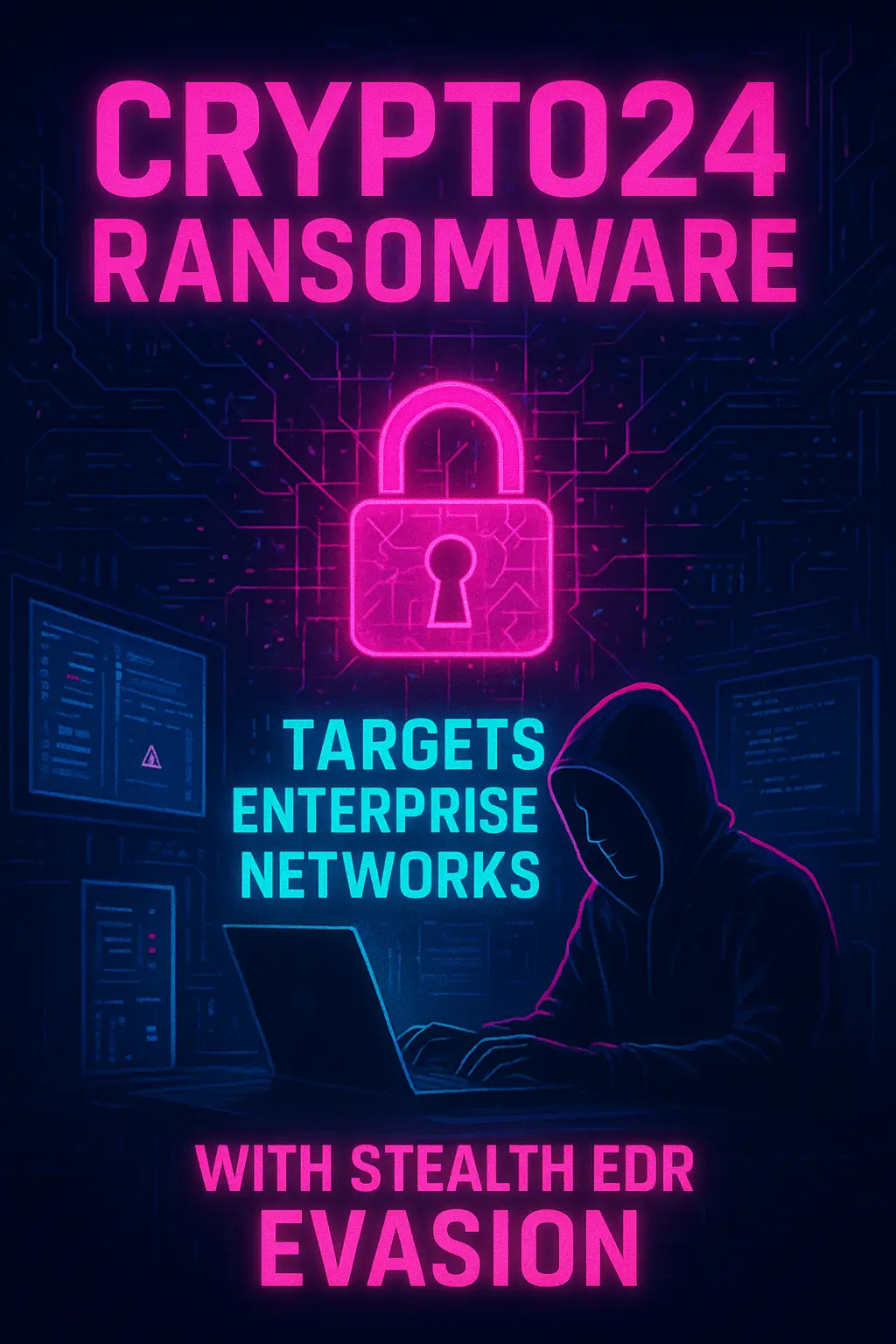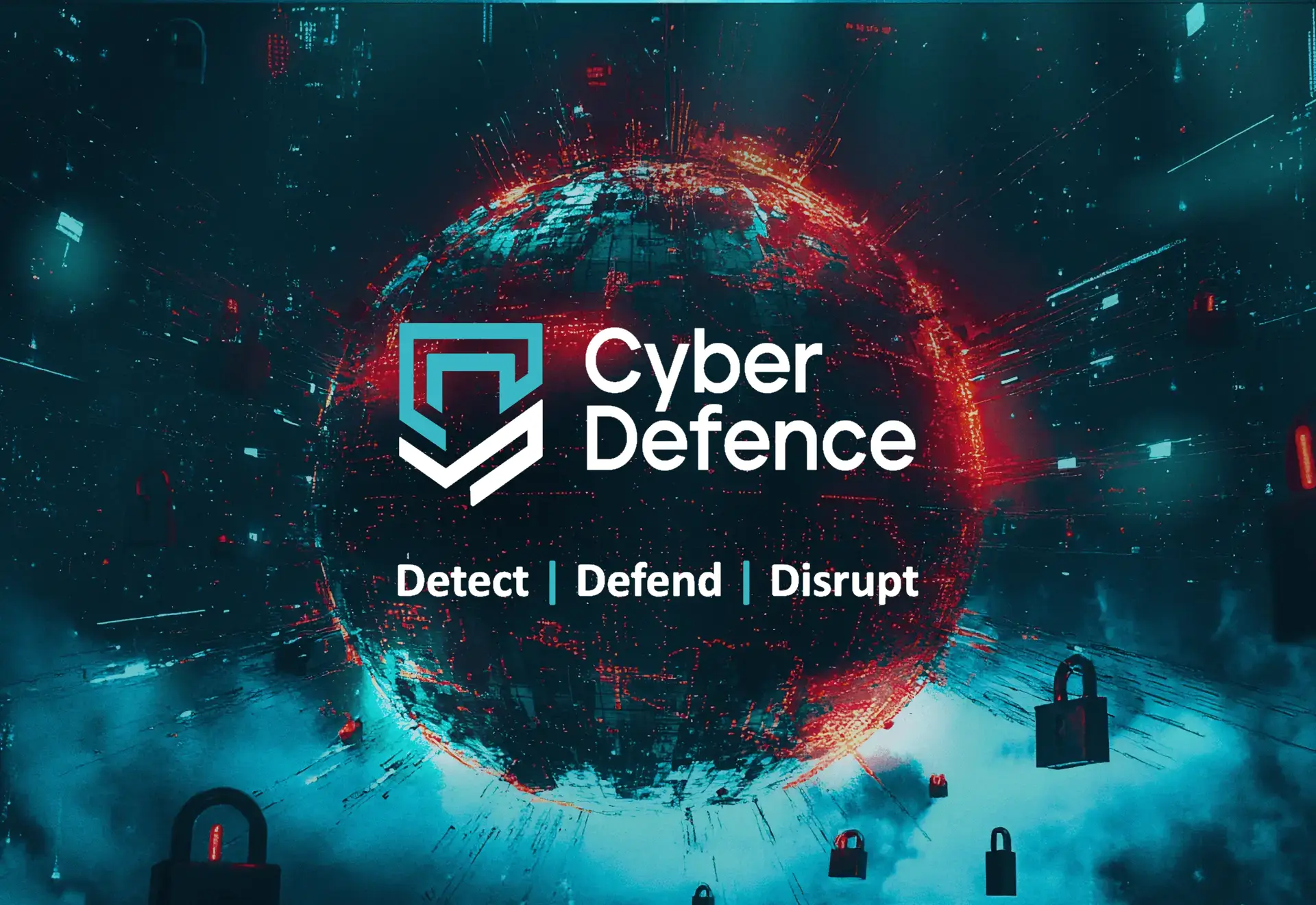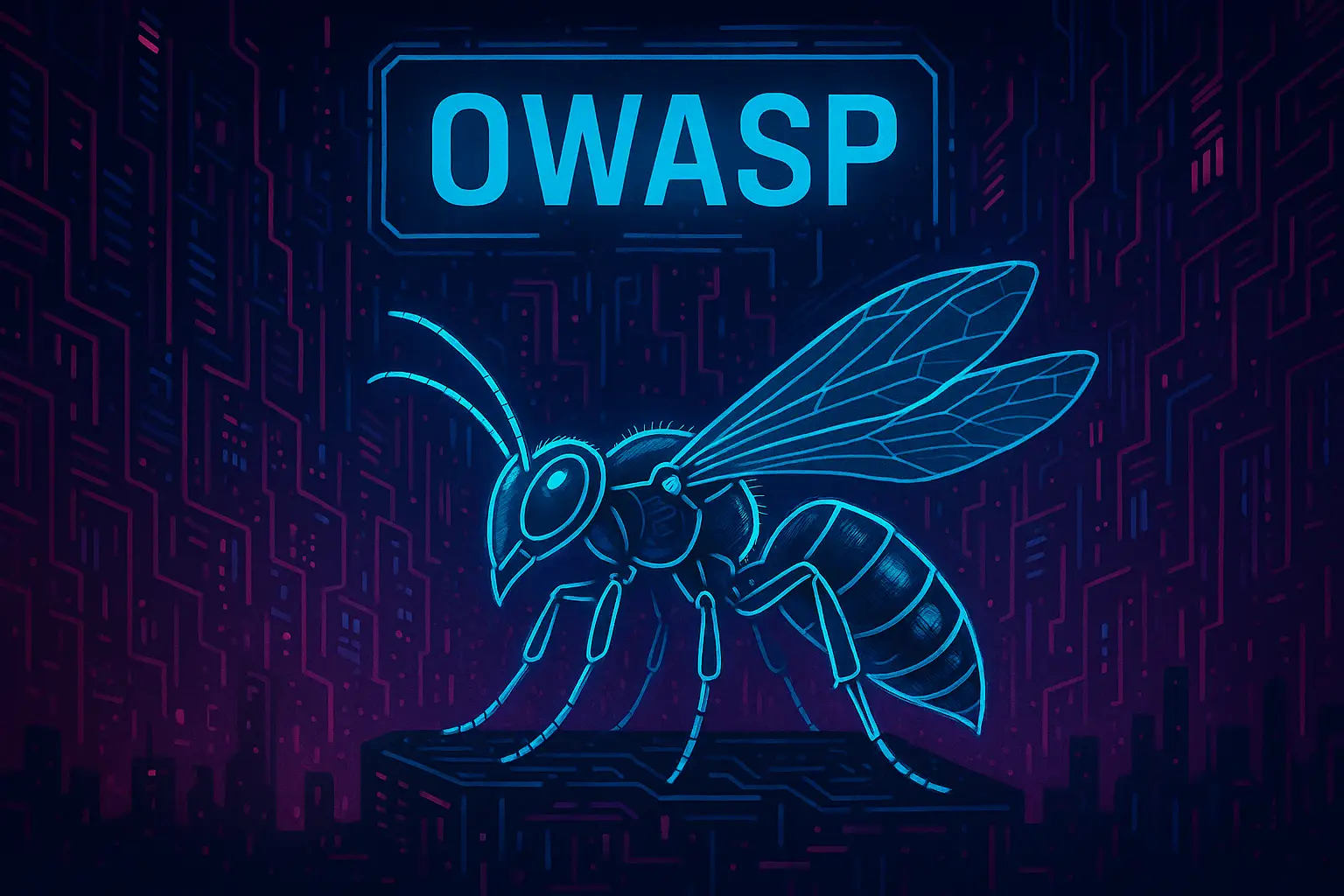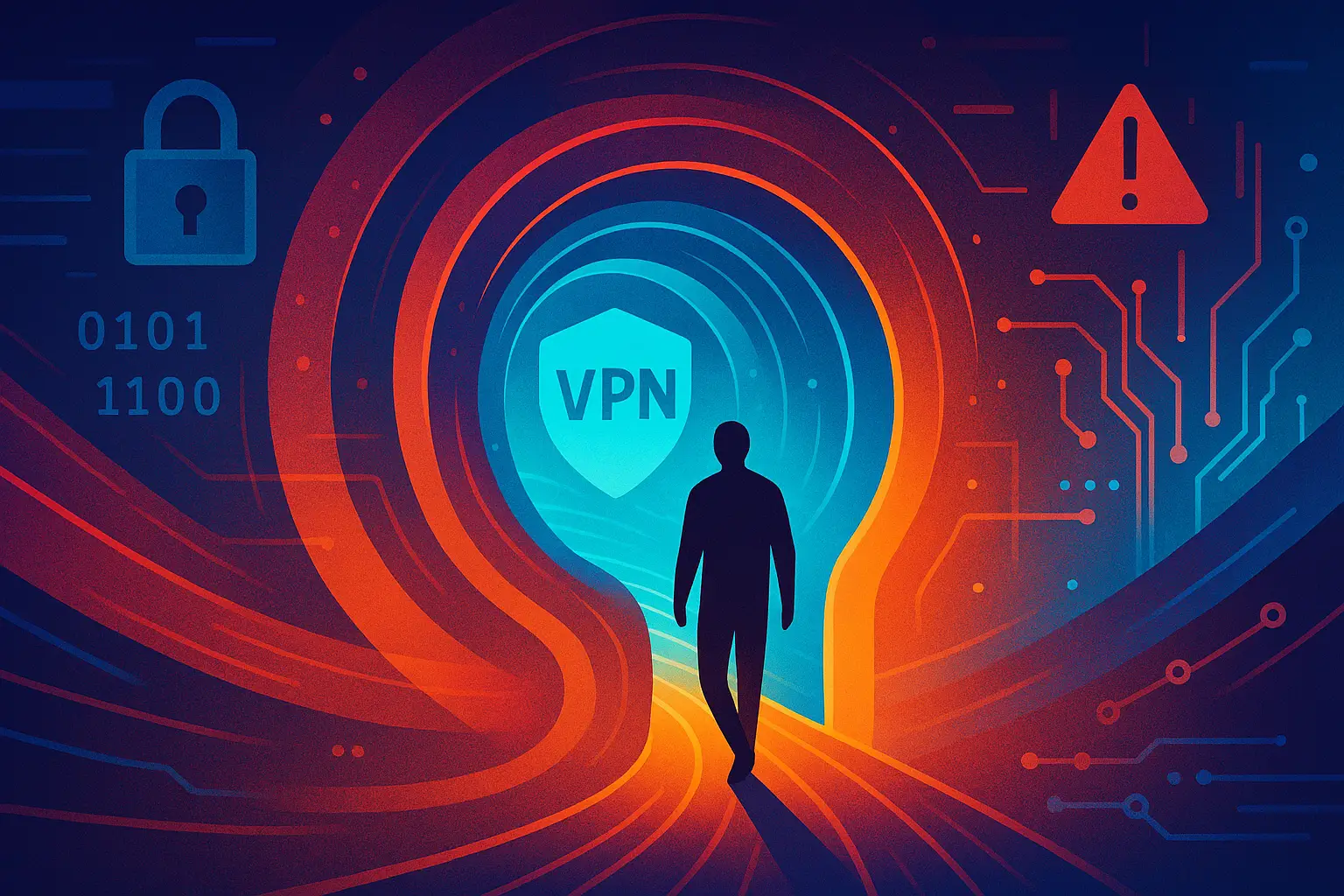Crypto24 ransomware wreaks havoc on enterprise networks with stealth EDR evasion
Organizations across multiple sectors are grappling with attacks from the Crypto24 ransomware group, known for their sophisticated stealth techniques and EDR evasion. First observed in September 2024, Crypto24 has been leveraging legitimate Windows tools combined with custom malware to bypass security defenses and escalate privileges. Trend Micro and BleepingComputer confirm that large-scale campaigns have already targeted financial, healthcare, and logistics networks.
During initial compromises, attackers execute discovery commands to map system configurations and accounts:
| cmd.exe /c ‘\Scan\1.bat’ | wmic partition get name,size,type | wmic COMPUTERSYSTEM get TotalPhysicalMemory,caption |
| cmd.exe | net user | net localgroup |
This allows them to enumerate users, groups, and hardware details before moving further.
Persistence
Persistence is established via scheduled tasks and malicious services:
- Batch and scripts in
%ProgramData%\Update\(update.vbs,vm.bat) run at regular intervals - Services are created with
sc.exeto deploy a keylogger (WinMainSvc) and the ransomware itself (MSRuntime) for long-term system control
Privilege escalation
Privilege escalation follows using runas.exe and PsExec, adding accounts to administrators and launching remote shells:
- net.exe localgroup administrators username /add
- runas.exe /user:administrator cmd
- $mytemp$\low\psexec64.exe -u -p cmd
This ensures attackers can operate with high-level access across systems.
Defense Evasion: Impair Defenses – RealBlindingEDR
The attackers leverage RealBlindingEDR to disable security products and evade detection.
RealBlindingEDR targets and clears several kernel-level callbacks, including:
- Callbacks registered via
CmRegisterCallback(Ex) - MiniFilter driver callbacks
- Callbacks registered via
ObRegisterCallbacks() - Process creation and thread creation callbacks via
PsSetCreateProcessNotifyRoutine(Ex)andPsSetCreateThreadNotifyRoutine(Ex) - Image load callbacks via
PsSetLoadImageNotifyRoutine(Ex)
By removing these kernel callbacks, the tool enables three main effects against AV/EDR solutions:
- Blinding AV/EDR: It prevents monitoring of processes, threads, file operations, registry changes, and high-privilege handle acquisition, while allowing the AV/EDR process to continue running to avoid detection due to sudden disconnection.
- Permanent AV/EDR disablement: With registry and MiniFilter notifications removed, AV/EDR can be permanently disabled—even after a system reboot—by modifying the registry or deleting AV/EDR files.
- Termination of AV/EDR processes: Removal of object handle callbacks allows normal administrator accounts to terminate AV/EDR processes directly.
Lateral Movement
Lateral movement is achieved with PsExec and remote services, while credential theft is performed by the keylogger WinMainSvc.dll, deployed via run_new.bat. TightVNC installation ensures persistent remote access and continued data capture, including credentials and sensitive files.
Evolving Threats
This campaign highlights how modern ransomware combines traditional attack techniques with custom malware and EDR evasion, posing severe operational and reputational risks. Therefore, companies must continuously evolve and adapt their cybersecurity strategies to effectively counter these threats.
Where to focus for monitoring rules:
For effective monitoring, attention should be on anomalous remote connections, unusual process execution patterns, EDR bypass attempts, and new user account activity. Observing these indicators allows teams to detect attacks early, respond promptly, and minimize operational impact without requiring deep technical investigation for every alert.
Phishing-Driven Threats
This campaign demonstrates how highly dangerous ransomware often leverages phishing as its primary infection vector. The combination of sophisticated malware and EDR evasion significantly increases operational and reputational risks. Therefore, companies must ensure that all employees, regardless of their sector, are well-informed and aware of these threats, fostering a culture of caution and vigilance to prevent accidental infections.






